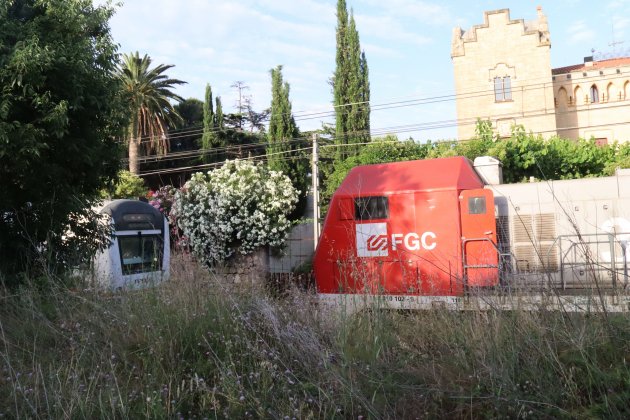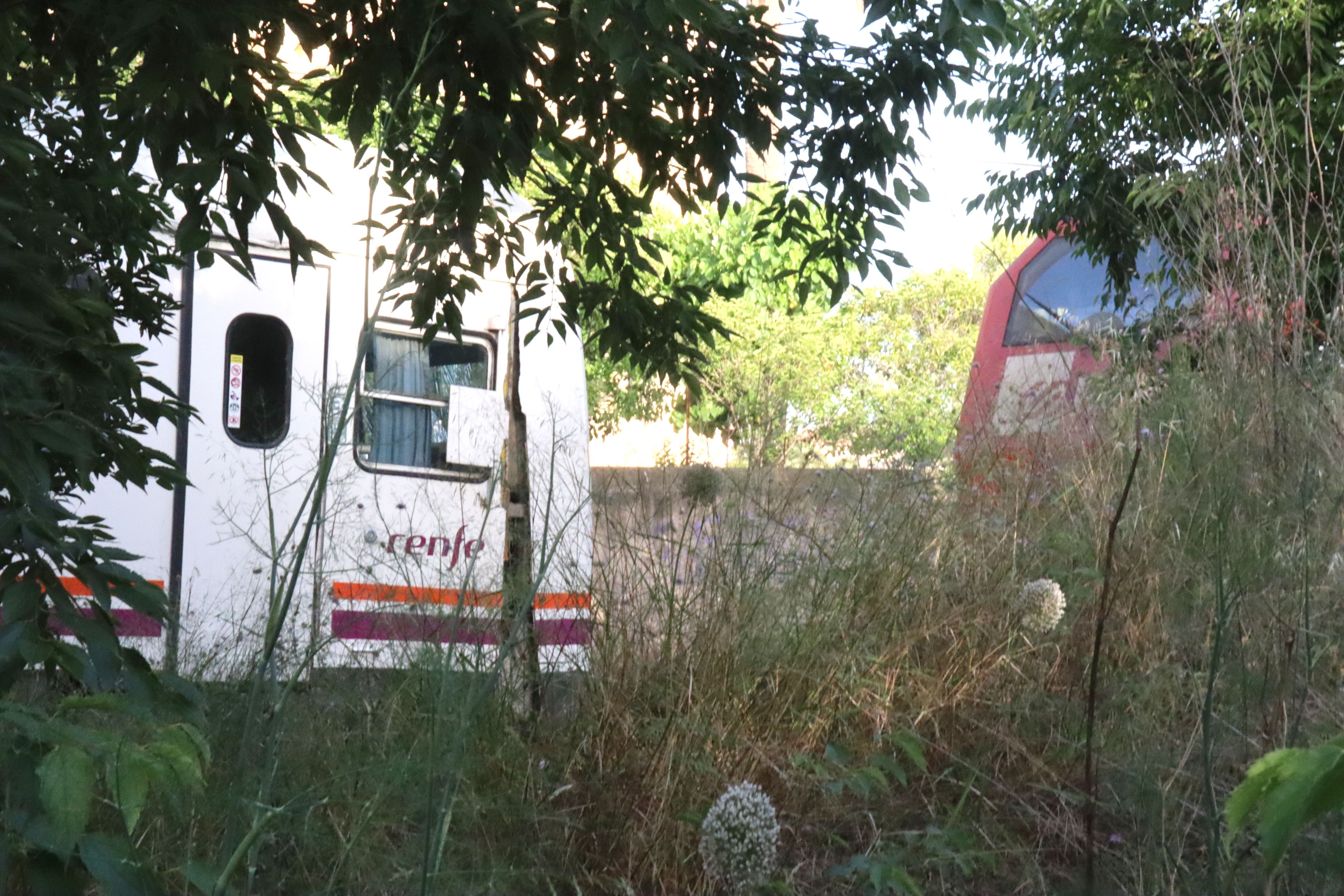Catalonia's Mossos d'Esquadra police and the Spanish rail infrastructure manager Adif are investigating the rail accident that injured 20 people and almost ended in tragedy on Sunday evening. A freight train locomotive collided head-on with a Renfe passenger train, which was on the southern Catalonia route between Barcelona and Tortosa. According to the first reports, the locomotive, owned by the Catalan rail operator FGC, was affected by a technical error in its brakes, was unable to stop, jumped a red traffic light and ended up crashing head-on into the Renfe train, which had just left Vila-seca station to continue its southward route. The accident took place less than a month after an FGC train driver was killed in a derailment involving a commuter train and a freight convoy at Sant Boi de Llobregat, just south-west of Barcelona city.
At the time of the collision, the engine, owned by FGC, was carrying out a maintenance practice on its own wheels, a process that is conducted periodically in response to wear. According to FGC sources, the freight train - owned by the company Cargometro, 51% owned by FGC and the other 49% by private freight operator Captrain - operates with Cargometro, while its rail license and safety certificate come from Captrain, which also employs the drivers.
On the other hand, FGC has also cautioned that all the information from the investigation must be available before conclusions can be drawn from the accident. An investigation has been opened by Adif, which manages the tracks and stations of the railway system in Catalonia, and the Mossos police. Cargometro has had a contract since 2010 to transport vehicle components for the SEAT car producer, between the Zona Franca and Martorell facilities near Barcelona. For this reason, it rents rolling stock to the FGC and commissions Captrain to run trains and operate them, as well as administering the company.
Pending confirmation on cause
If the mechanical error in the brakes of the locomotive is confirmed, this would confirm the thesis that Adif initially mentioned, when it highlighted that the problem had been generated by an train external to the Spanish rail operator Renfe. The fact that the passenger train, which was carrying about 45 people, was just leaving the Vila-seca station, and therefore at a low speed, avoided a tragedy.

Rail traffic between Tarragona and Cambrils-Reus was restored on one line in time for the Monday morning trains to be operable after the Sunday night accident, thus restoring service on the R15 (Barcelona-Reus/Móra) and R16 (Barcelona-Tortosa) lines. A second track will remain inoperative while technicians work to remove the regional train that collided with the freight locomotive.
As a result of the accident, the Medical Emergency System (SEM) treated 29 people, 21 of whom required to be taken to a health centre. Of these, six had serious injuries and were taken to the hospitals of Santa Tecla and Joan XXIII, and 14 minor injuries, which went to Cambrils, Salou and Vila-seca.
Catalan government demands more investment
The Catalan government's delegate in the Camp de Tarragona, Teresa Pallarès, called for improvements to Catalonia's railway infrastructure, following the accident that took place in Vila-seca, in an interview this morning on the public channel TV3. "All accidents are serious and we can't let them happen again, investments are needed," she said.

